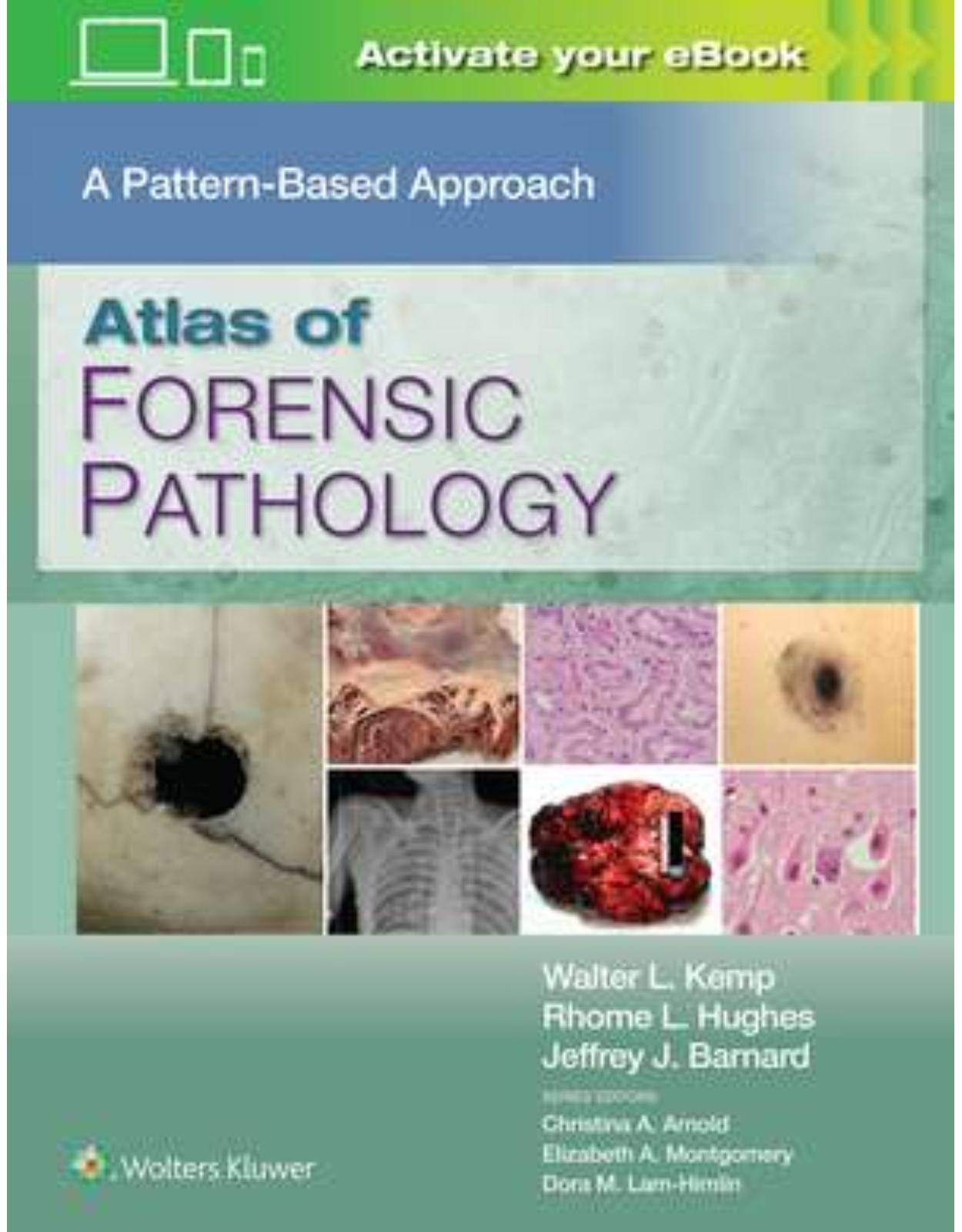
Atlas of Forensic Pathology: A Pattern Based Approach
Livrare gratis la comenzi peste 500 RON. Pentru celelalte comenzi livrarea este 20 RON.
Disponibilitate: La comanda in aproximativ 4 saptamani
Autor: Walter L. Kemp
Editura: LWW
Limba: Engleza
Nr. pagini: 690
Coperta: Hardcover
Dimensiuni: 213 x 276 mm
An aparitie: 13 ian 2024
Description:
Atlas of Forensic Pathology: A Pattern-Based Approach, by Dr. Walter L. Kemp (Montana State Medical Examiner), Dr. Rhome L. Hughes, and Dr. Jeffrey J. Barnard (Dallas County Chief Medical Examiner) provides a highly illustrated succinct “day-to-day” educational guide to the interpretation of patterns of findings at forensic autopsy to best allow for an accurate determination of cause and manner of death. The format of the book will also guide a pathologist in how to identify pertinent information (i.e., how to search for the patterns) and assemble a thorough and streamlined autopsy report.
Table of Contents:
1. PATTERN INTERPRETATION IN FORENSIC PATHOLOGY
2. BASICS OF AUTOPSY
Introduction
Hospital vs Forensic Autopsies
Validity of Hospital Autopsy Permit
Organ Removal at Autopsy
Documentation
3. BASICS OF DEATH SCENE INVESTIGATION
Introduction
Basics of Death Investigation
Importance of Scene Investigation
Photography of the Scene and Body
Documentation of Postmortem Changes
Documentation of Discovery History and Terminal Events
Near Misses
4. DEATH CERTIFICATION
Introduction
Description of Cause of Death
Description of Manner of Death
Description of Mechanism of Death
Near Miss
5. IDENTIFICATION
Introduction
Circumstantial, Presumptive, or Tentative Identification
How Formed
Exclusionary Identification
How Formed
Positive Identification
How Formed
Scientific Methods to Identify a Deceased Body
Introduction
Fingerprints
Requirements
Time Frame
DNA Analysis
Requirements
Time Frame
Dental Examination
Requirements
Time Frame
Other Forms of Scientific Identification
Non-Scientific Methods of Identification
Introduction
Visual Identification
Method
Challenges
Physical Findings on the Body
Method
Challenges
Identification Cards
Method
Challenges
Personal Effects
Method
Other Methods
Near Miss
6. POSTMORTEM CHANGES
Introduction
Time of Death and Early Postmortem Changes
Algor Mortis
Postmortem Vitreous Potassium Measurements
Supravitality
Rigor Mortis
Livor Mortis
Additional Findings Associated With Lividity
Tardieu Spots
Decomposition
Important Terms Associated With Decomposition
Green Discoloration of Skin
Adipocere
Postmortem Blisters (or Postmortem Bullae)
Corneal Clouding
Hemolysis
Marbling
Mummification and Postmortem Drying
Skin Slippage
Swelling/Bloating
Tache Noire
Description
Scene Indicators
Postmortem Entomology
How to Collect Appropriate Specimens for Time of Death Determination Using Insect Activity
Animal Activity
Embalming Artifacts
Near Misses
7. NATURAL DISEASE AT AUTOPSY
Introduction
Natural Disease of the Body in General
Autopsy Findings: Obesity
Complications of Obesity
Natural Disease of the Central Nervous System
Introduction
Intracerebral Hemorrhage
Autopsy Findings
Etiologies of an Intracerebral Hemorrhage
Cerebral Infarcts
Autopsy Findings
Lacunar Infarct
Autopsy Findings
Incompetent Diaphragm Sella
Autopsy Findings
Natural Causes of Subarachnoid Hemorrhage
Autopsy Findings
Etiologies of Subarachnoid Hemorrhage at Autopsy
Potential Mimics of Subarachnoid Hemorrhage
Meningitis
Autopsy Findings
Potential Mimics
Osmotic Demyelination Syndrome (Central Pontine and Extrapontine Myelinolysis)
Autopsy Findings
Association
Potential Mimics
Globus Pallidus/Basal Ganglia Necrosis
Autopsy Findings
Association of Globus Pallidus Necrosis
Multiple Sclerosis
Autopsy Findings
Chronic Traumatic Encephalopathy
Autopsy Findings
Seizure Disorder
Autopsy Findings
Association With Sudden Death
Alzheimer Disease
Autopsy Findings
Diffuse Lewy Body Disease
Autopsy Findings
Encephalitis
Autopsy Findings
Colloid Cyst
Autopsy Findings
Natural Disease of the Cardiovascular System
Introduction
Hypertensive Heart Disease
Autopsy Findings
Association With Sudden Death
Coronary Artery Atherosclerosis
Autopsy Findings
Association of Coronary Artery Atherosclerosis With Sudden Death
Gross and Microscopic Aging of an Acute Myocardial Infarct
Complications of Acute Myocardial Infarct
Aortic Dissection
Autopsy Findings
Coronary Artery Dissection
Autopsy Findings
Associations
Abdominal Aortic Aneurysm
Autopsy Findings
Coronary Artery Aneurysm
Autopsy Findings
Associations
Aortic Stenosis
Autopsy Findings
Association With Sudden Death
Bicuspid Aortic Valve
Autopsy Findings
Myxomatous Mitral Valve
Autopsy Findings
Association With Sudden Death
Potential Mimics
Chronic Rheumatic Mitral Valvulitis
Autopsy Findings
Potential Mimic
Endocarditis
Autopsy Findings
Associations of Endocarditis
Pericarditis
Autopsy Findings
Etiologies of Pericarditis
Myocarditis
Autopsy Findings
Mimics of Myocarditis
Cardiomyopathies
Autopsy Findings
Association With Sudden Death
Mimics of Cardiomyopathy
Coronary Artery Anomalies Associated With Sudden Cardiac Death
Autopsy Findings: Anomalous Origin of a Coronary Artery
Association With Sudden Death
Autopsy Findings: Tunneling/Bridging of Coronary Artery
Association With Sudden Death
Lipomatous Hypertrophy of the Interatrial Septum
Autopsy Findings
Association With Sudden Death
Non-Ischemic Left Ventricular Scar
Autopsy Findings
Associated With Sudden Death
Lesions of the Cardiac Conduction System
Introduction
Atrioventricular Nodal Artery Dysplasia
Autopsy Findings
Association With Sudden Death
Incidental and Other Microscopic Findings in the Heart
Clusters of Lymphocytes
Basophilic Degeneration
Contraction Band Necrosis
Natural Disease of the Respiratory System
Introduction
Pneumonia
Autopsy Findings
Potential Mimics of Pneumonia
Aspiration Pneumonia
Autopsy Findings
Mimics
Emphysema
Autopsy Findings
Asthma
Autopsy Findings
Incidental Microscopic Findings in the Lung
Corpora Amylacea
Lentils
Pulmonary Chemodectoma (Mesothelial-Like Rest)
Natural Disease of the Hepatobiliary System
Introduction
Diffuse Fatty Liver
Autopsy Findings
Potential Mimics
Cirrhosis of the Liver
Autopsy Findings
Potential Mimics
Complications of Cirrhosis
Fitz-Hugh-Curtis Syndrome
Autopsy Findings
Acute Cholecystitis
Autopsy Findings
Acute Pancreatitis
Autopsy Findings
Risk Factors for Acute Pancreatitis
Cavernous Hemangioma
Autopsy Findings
Association With Sudden Death
Other Incidental Liver Masses
Autopsy Findings
Natural Disease of the Genitourinary System
Introduction
Nephrosclerosis
Autopsy Findings
Acute Pyelonephritis
Autopsy Findings
Association With Sudden Death
Fournier Gangrene
Autopsy Findings
Incidental Renal Masses
Adenoma
Renal Cell Carcinoma
Adrenal Gland Rest
Renomedullary Interstitial Cell Tumor
Natural Disease of the Endocrine System
Introduction
Features of Diabetes Mellitus
Autopsy Findings
Infarction of the Pituitary Gland
Autopsy Findings
Association
Hashimoto Thyroiditis
Autopsy Findings
Pheochromocytoma
Autopsy Findings
Incidental Findings
Myelolipoma
Black Thyroid
Natural Disease of the Gastrointestinal System
Introduction
Esophageal Inlet Patch (Salmon Patch)
Autopsy Findings
Potential Mimics
Barrett Esophagus
Autopsy Findings
Black Esophagus (Acute Esophageal Necrosis)
Autopsy Findings
Associations
Peptic Ulcer
Autopsy Findings
Ischemic Colitis
Autopsy Findings
Potential Mimic
Intestinal Diverticula
Autopsy Findings
Green Colon
Autopsy Findings
Potential Mimic
Natural Disease of the Hematolymphoid System
Introduction
Disseminated Intravascular Coagulation
Autopsy Findings
Thrombotic Thrombocytopenic Purpura/Hemolytic Uremic Syndrome
Autopsy Findings
Fibrosis of the Splenic Capsule (Sugar Spleen)
Autopsy Findings
Natural Disease of the Musculoskeletal System
Introduction
Pregnancy-Related Deaths
Introduction
Amniotic Fluid Embolism
Autopsy Findings
Acute Fatty Liver of Pregnancy
Autopsy Findings
Acute Endometritis-Myometritis
Autopsy Findings
Placenta Accreta, Placenta Increta, Placenta Percreta
Autopsy Findings
Peripartum Cardiomyopathy
Autopsy Findings
Pre-Eclampsia/Eclampsia
Autopsy Findings
Hellp Syndrome
Autopsy Findings
Ectopic Pregnancy
Autopsy Findings
Near Misses
8. ASPHYXIA
Introduction
Specific Forms of Asphyxia Causing Failure of Oxygen to Reach the Lung
Introduction
Smothering
Description
Pattern at Autopsy
Choking
Description
Pattern at Autopsy
Mechanical Asphyxia/Traumatic Asphyxia/Positional Asphyxia
Description
Pattern at Autopsy
Vitiated Atmosphere/Suffocating Gases
Description
Pattern at Autopsy
Entrapment
Description
Pattern at Autopsy
Traumatic Asphyxia Combined With Smothering
Description
Pattern at Autopsy
Specific Forms of Asphyxia Causing External Compression of the Neck
Hanging
Description
Pattern at Autopsy
Strangulation
Description
Pattern at Autopsy
Other Specific Forms Of Asphyxia
Carbon Monoxide Poisoning
Description
Pattern at Autopsy
Drowning
Description
Pattern at Autopsy
Freshwater Versus Salt Water Drowning
Near Misses
9. BLUNT FORCE INJURIES
Introduction
Types of Blunt Force Injuries
Abrasions
Contusions
Lacerations
Fractures
Pattern Interpretation of Blunt Force Injuries
Blunt Force Injuries of the Head
Subgaleal Hemorrhage
Cranial Fractures
Types of Cranial Fractures
Linear Fracture
Stellate (or Complex) Fracture
Depressed Fracture
Ring Fracture
Basilar Fracture
Comminuted Fracture
Diastatic Fracture
Extra-Cerebral Hemorrhage
Epidural Hemorrhage
Subdural Hemorrhage
Subarachnoid Hemorrhage
Traumatic Injuries of the Brain
Type of Contusions
Coup Contusions
Contre-Coup Contusions
Fracture Contusions
Herniation Contusions
Intermediary Contusions
Gliding Contusions
Blunt Force Injuries of the Neck
Blunt Force Injuries of the Trunk
Blunt Force Injuries of the Extremities
Fractures
Specific Fracture Types
Extent: Incomplete vs Complete Fracture
Incomplete Fractures
Bow
Torus/Buckle Fracture
Greenstick Fracture
Complete Fracture: Fracture Type Based Upon Direction
Transverse Fracture
Oblique Fracture
Longitudinal Fracture
Spiral Fracture
Other Fracture Types
Comminuted Fracture
Butterfly Fracture
Segmental Fracture
Avulsion Fracture
Timing of Bone Trauma
Antemortem Fractures
Postmortem Fractures
Perimortem Injuries
Near Misses
10. SHARP FORCE INJURIES
Introduction
Types of Sharp Force Injuries
Stab Wound
Description
Documentation of Stab Wound
Determination of Depth of Stab Wound
Incised Wound
Description
Chop Wound
Description
Sharp Force Injuries of the Bone and Cartilage
Introduction
Basic Features of Bony Defects From Sharp Force Injuries
Identifying Class Characteristics of Sharp Force Injuries in the Bone
Other Features Used to Interpret Sharp Force Wound Characteristics
Near Misses
11. FIREARM INJURY
Introduction
Radiography
Basics of Radiography in Firearm Injuries
Specific Radiographic Findings Associated With Certain Types of Weapons
External Examination
Overall Patterns of Injury to the Body
Interpretation of Gunshot Wound Patterns in the Skin
Entrance Wounds for Handguns/Rifles
Exit Wounds for Handguns/Rifles
Features of Wound That Allow for General Determination of Range of Fire
Special Types of Gunshot Wounds
Graze Wound
Tangential Wound
Superficial Perforating Wound
Re-Entrance Wound/Atypical Wound
Entrance and Exit Wounds for Shotguns and Relative Range of Fire
Features of the Shotgun Wound That Allow for Determination of Relative Range of Fire
Internal Examination
Mechanism of Death in Gunshot Wounds
Composition of Projectiles
Manner of Death Determination With Gunshot Wounds
Near Misses
12. FIRE DEATHS
Introduction
Features of Thermal Injury
Description of Flash Fire
Autopsy Features of Fire Deaths
Heat-Related Fractures
Explosion-Related Deaths
Near Misses
13. CHILD ABUSE
Introduction
Features of Subdural Hemorrhage
Features of Retinal Hemorrhages
Other Features in the Eye: Retinoschisis
Differential Diagnosis of Subdural and Retinal Hemorrhages
Differential Diagnoses: Glutaric Aciduria Type I and Galactosemia
Differential Diagnosis: Congenital Heart Disease, Meningitis, and Leukemia
Differential Diagnosis: Menkes Disease
Differential Diagnosis: Neurosurgical Complications and Traumatic Labor
Differential Diagnosis: Aneurysms
Differential Diagnosis: Hypernatremia
Differential Diagnosis: Coagulation Disorders
Differential Diagnosis: Accidental Injury
Other Important Topics With Regard to Inflicted Head Trauma in Infants
Rib Fractures
Falls
Apparent Life-Threatening Event
Alternative Theories as to the Causation of Findings Associated With Abusive Head Trauma
Other Features of Child Abuse
Fractures
Bruising and Lacerations
Burns
Malnourishment and Dehydration
Near Misses
14. ENVIRONMENTAL DEATHS
Introduction
Hyperthermia
Introduction
Clinical Features of Heat Stroke
Pattern at Autopsy
Hypothermia
Introduction
Pattern at Autopsy
Autopsy Findings Associated With Hypothermia
Wischnewski Spots
Gross Appearance
Microscopic Appearance
Other Associations
Important Points
Frost Erythema
Gross Appearance
Microscopic Appearance
Subnuclear Vacuolization of the Proximal Convoluted Tubular Epithelial Cells
Gross Appearance
Microscopic Appearance
Vacuolation of Pancreatic Adenoid Cells
Microscopic Appearance
Other Associations
Description of Snow Immersion
Bodies Found in the Water
Introduction
Did the Decedent Drown?
How to Determine
What Environmental and Human Factors Were Involved?
Importance to Consider
Postmortem Artifacts Associated With Bodies Found in the Water
Scuba Diving-Related Deaths
Causes of Death Associated With Scuba Diving
How to Test for Gas Embolism and Barotrauma in a Scuba-Related Death
Electrocution
Introduction
Gross Appearance
Microscopic Appearance
Dog Attacks
Introduction
Autopsy Findings Associated With Fatal Dog Attack
Snake Bite
Introduction
Pathologic Features of Pit Viper Injury
Clinical Features of Pit Viper Injury
Pathologic Features of Coral Snake Injury
Clinical Features of Coral Snake Injury
Spider Bite
Introduction
Pathologic Features of Black Widow Bite
Clinical Features of Black Widow Bite
Pathologic Features of Recluse Bite
Clinical Features of Recluse Bite
Other Forms of Animal Attack Encountered by Forensic Pathologists
High-Altitude Pulmonary Edema/High-Altitude Cerebral Edema
Features of High-Altitude Cerebral Edema
Features of High-Altitude Pulmonary Edema
Autopsy Findings in High-Altitude Pulmonary Edema
Near Misses
15. POSTMORTEM TOXICOLOGY
Introduction
Autopsy findings of a drug overdose
Obtaining specimens for toxicologic analysis
Interpretation of toxicologic results
Description of postmortem redistribution and its importance
Specific drugs encountered by forensic pathologists
Metabolites of Common Drugs
Ethanol
16. SUICIDE
Introduction
Basic Considerations When Determining That the Manner of Death Is Suicide
Gunshot Wound Homicide vs Gunshot Wound Suicide
Comparison of Features in Homicide vs Suicide Gunshot Wounds
Sharp Force Injuries Homicide vs Sharp Force Injuries Suicide
Comparison of Features in Homicide vs Suicide Sharp Force Injury
Asphyxial Homicide vs Asphyxial Suicide
Comparison of Features in Homicide vs Suicide Asphyxia
Near Misses
17. HISTOLOGY AT AUTOPSY
Introduction
Frequency of Histologic Examination at Autopsy
Histologic Examination of the Brain at Autopsy
Near Misses
18. EMBOLISM
Introduction
Pulmonary Thromboemboli
Circumstances Under Which Pulmonary Thromboemboli Occur
How to Identify
Complications of a Pulmonary Thromboembolus
Aging of Pulmonary Thromboemboli
Air Embolism
Circumstance Under Which Air Emboli Occur
How to Identify
Fat Embolism
Circumstances Under Which Fat Emboli Occur
Clinical Signs of Fatty Emboli
How to Identify
Amniotic Fluid Embolism
Circumstance Under Which Amniotic Fluid Emboli Occur
Clinical Signs of Amniotic Fluid Emboli
How to Identify
Bullet Embolism
Circumstances Under Which a Bullet Embolism Occurs
How to Identify at Autopsy
Septic Embolism
Description of Septic Embolism
Circumstances Under Which Septic Emboli Occur
How to Identify at Autopsy
Location of Emboli
Cholesterol Crystal Embolism
Circumstances Under Which Cholesterol Crystal Emboli Occur
How to Identify at Autopsy
Other Forms of Embolism
Near Misses
19. MICROBIOLOGIC ANALYSES
Introduction
20. VITREOUS ELECTROLYTE ANALYSIS
Introduction
Vitreous Electrolyte Patterns
Hyponatremia
Causes of Fatal Hyponatremia
Clinical Features of Hyponatremia
How to Determine at Autopsy
Hyperglycemia
How to Determine at Autopsy
Ketoacidosis
How to Determine at Autopsy
21. SUDDEN UNEXPECTED INFANT DEATH
Introduction
Checklist for Investigation of a Sudden Unexpected Infant Death
Description of SUID (sudden unexplained infant death) and SIDS (sudden infant death syndrome)
Identifying an overlay or other asphyxial death at autopsy
Microbiology Studies
Near Miss
22. IN-CUSTODY DEATHS
Introduction
Excited Delirium Syndrome
Restraint Asphyxia
Prone Restraint Cardiac Arrest
Conducted Electrical Weapons/Electronic Control Devices
23. ELDER ABUSE
Introduction
Risk Factors for Elder Abuse
Senile Ecchymoses
Description
Causes
Decubitus Ulcers
Description
Causes
Risk Factors for Decubitus Ulcers
Classification of Decubitus Ulcers
Complications of Decubitus Ulcers
Important Point
Near Misses
24. ANTHROPOLOGY
Introduction
Non-Human Versus Human
Introduction
Identification of Non-Human Bones
Biological Profile
Introduction
Sex
How Determined
Pelvic Features of Sex
Cranial Features of Sex
Age
How Determined
Pubic Symphysis
Auricular Surface
Rib Ends
Cranial Suture Closure
Ancestry
How Determined
Morphologic Analysis for Ancestry
Stature
How Performed
Variants and Natural Disease
Introduction
Near Misses
25. ODONTOLOGY
Introduction
26. MASS DISASTERS
Introduction
27. STILLBIRTHS
Introduction
Basic Information Regarding Handling of a Stillborn Infant
Basic Features of a Stillborn Fetus
Examination of the Placenta
Chorioamnionitis
Autopsy Findings
Potential Mimics
Placental Abruption
Autopsy Findings
Meconium Aspiration
Autopsy Findings
Near Miss
28. COMMON MECHANISMS AT AUTOPSY
Introduction
Hypovolemic Shock
Mechanism
Causes of Hypovolemic Shock
Estimation of Effect of Blood Loss
Autopsy Findings of Blood Loss
Cardiogenic Shock
Mechanism
Causes of Cardiogenic Shock
Septic Shock
Mechanism
Causes of Septic Shock
Anaphylactic Shock
Mechanism
Neurogenic Shock
Mechanism
Autopsy Findings Associated With Shock
Autopsy Findings of Cerebral Edema
Complications of Cerebral Edema
Autopsy Findings of Global Hypoxic Ischemic Encephalopathy
Near Misses
29. TREATMENT-RELATED AUTOPSY FINDINGS
Introduction
Types of Medical Devices Used
External Injuries Caused by Resuscitation Attempts
Internal Injuries Caused by Resuscitation Attempts
Near Misses
30. AUTOMOBILE ACCIDENTS
Introduction
Characteristic Injuries in a Motor Vehicle Accident
Transection of the Aorta
Gross Features
Important Points
Basilar Skull Fracture
Gross Features
Flail Chest
Gross Features
Atlanto-Occipital Fracture/Dislocation (See Blunt Force Injuries Chapter)
Dicing
Gross Description
Importance
Stretch Abrasions/Lacerations
Gross Description
Near Misses
31. SPECIAL DISSECTIONS
Introduction
Dissection of Middle Ears
When Performed
How Performed
Dissection of Optic Nerves and Eyes
When Performed
How Performed
Dissection of Vertebral Arteries
When Performed
How Performed
Dissection of the Anterior and Posterior Neck
When Performed
How Performed
Dissection of the Cervical Vertebral Column
When Performed
How Performed
Examination for Pneumothorax
When Performed
How Performed
Examination for Air Embolus
When Performed
How Performed
Dissection of the Back
When Performed
How Performed
Dissection of the Lower Extremities
When Performed
How Performed
Dissection of the Sinoatrial and Atrioventricular Nodes
When Performed
How Performed
Dissection of the Parathyroid Glands
When Performed
How Performed
Examination of Esophagus for Varices
When Performed
How Performed
Quick Removal of the Entire Spinal Cord
When Performed
How Performed
Underwater Removal of Macerated Infant Brain
When Performed
How Performed
Maceration of the Thyroid Cartilage
When Performed
How Performed
En Bloc Removal of Female Genitalia and/or Anus (Including the Male Anus)
When Performed
How Performed
Static Presentation
APPENDIX A: SELF-ASSESSMENT QUESTIONS
Questions
APPENDIX B: SELF-ASSESSMENT ANSWERS
Answers
Interactive Presentation
APPENDIX A: SELF-ASSESSMENT QUESTIONS
APPENDIX C: WRITING THE AUTOPSY REPORT
Introduction
Near Miss
APPENDIX D: BIAS
Introduction
Specific Forms of Bias
Alliterative Bias
Ambiguity Effect
Anchoring Bias
Availability Bias
Belief Bias
Confirmation Bias
Contrast Effect
Diagnosis Momentum
Expectation Bias
False Consensus Bias
Framing Effect
Gambler’s Fallacy
Gender Bias/Ascertainment Bias
Hawthorne Effect
Hindsight Bias
Illusory Correlation
Information Bias
Need for Closure Bias
Outcome Bias
Overconfidence Bias
Premature Closure
Reactance Bias
Search Satisficing Bias
Semmelweis Reflex
Sutton’s Slip
Vertical Line Failure
Zebra Retreat
APPENDIX E: RARE BUT IMPORTANT TO CONSIDER
Introduction
Nervous System Conditions
Sudden Death Associated With Schizophrenia
Myasthenia Gravis
Wernicke-Korsakoff Syndrome
Endocrine System Conditions
Lymphocytic Hypophysitis
Thyroglossal Duct Cyst
Parathyroid Gland Hyperplasia/Adenoma
Cardiovascular System Conditions
Mesothelioma of the Atrioventricular Node
Wolff-Parkinson-White Syndrome
Long QT Syndrome and Torsade De Pointes
Infectious Conditions
West Nile Virus Myelitis
Naegleria Fowleri Meningitis
Rabies
Hantavirus
Rocky Mountain Spotted Fever
Miscellaneous Conditions
Snake Bite
Serotonin Syndrome
Allergic Reaction-Anaphylactic Shock
Acute Stress
Toxins and Poisons
APPENDIX F: SUMMARY
INDEX
| An aparitie | 13 ian 2024 |
| Autor | Walter L. Kemp |
| Dimensiuni | 213 x 276 mm |
| Editura | LWW |
| Format | Hardcover |
| ISBN | 9781975222505 |
| Limba | Engleza |
| Nr pag | 690 |
| Versiune digitala | DA |

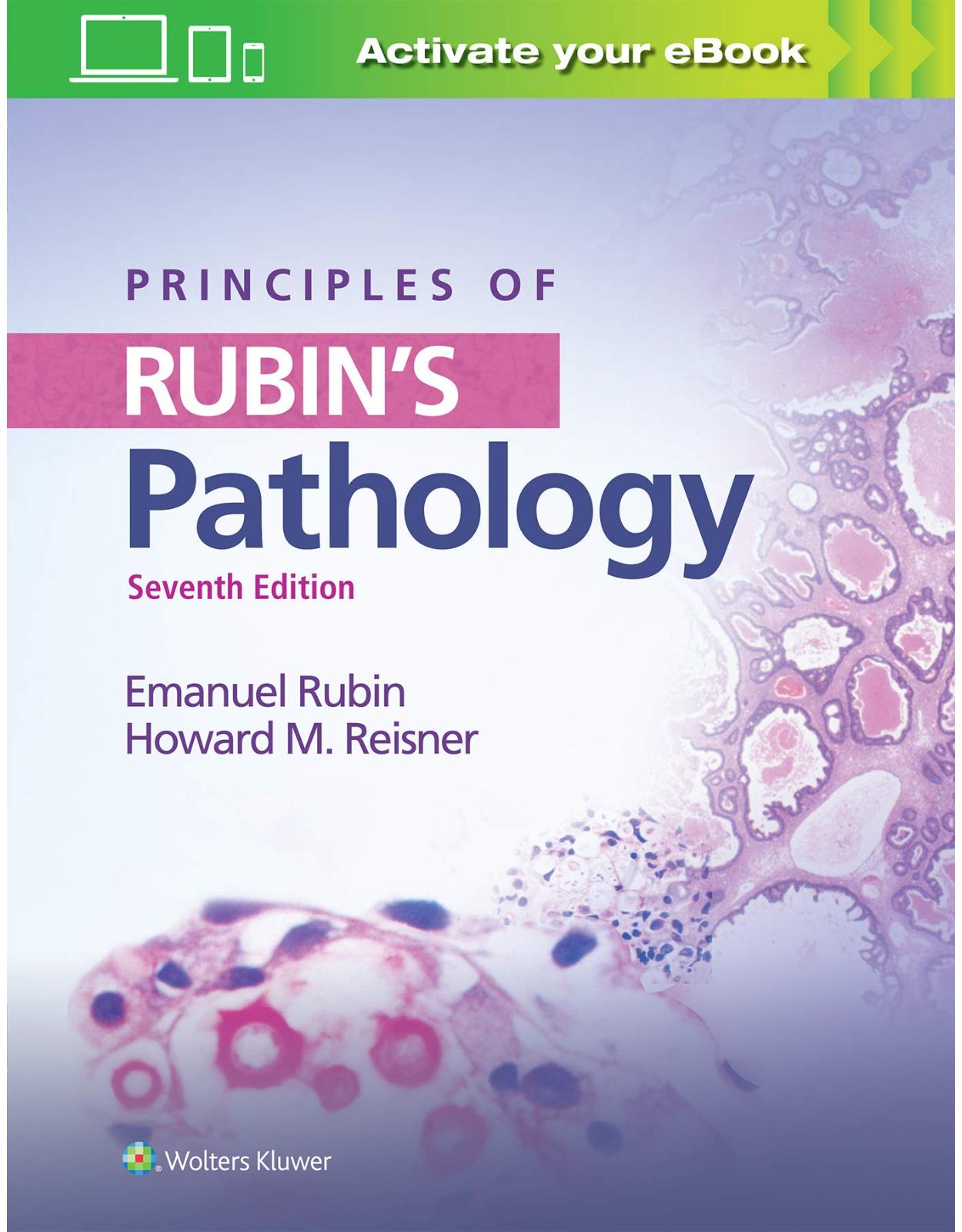
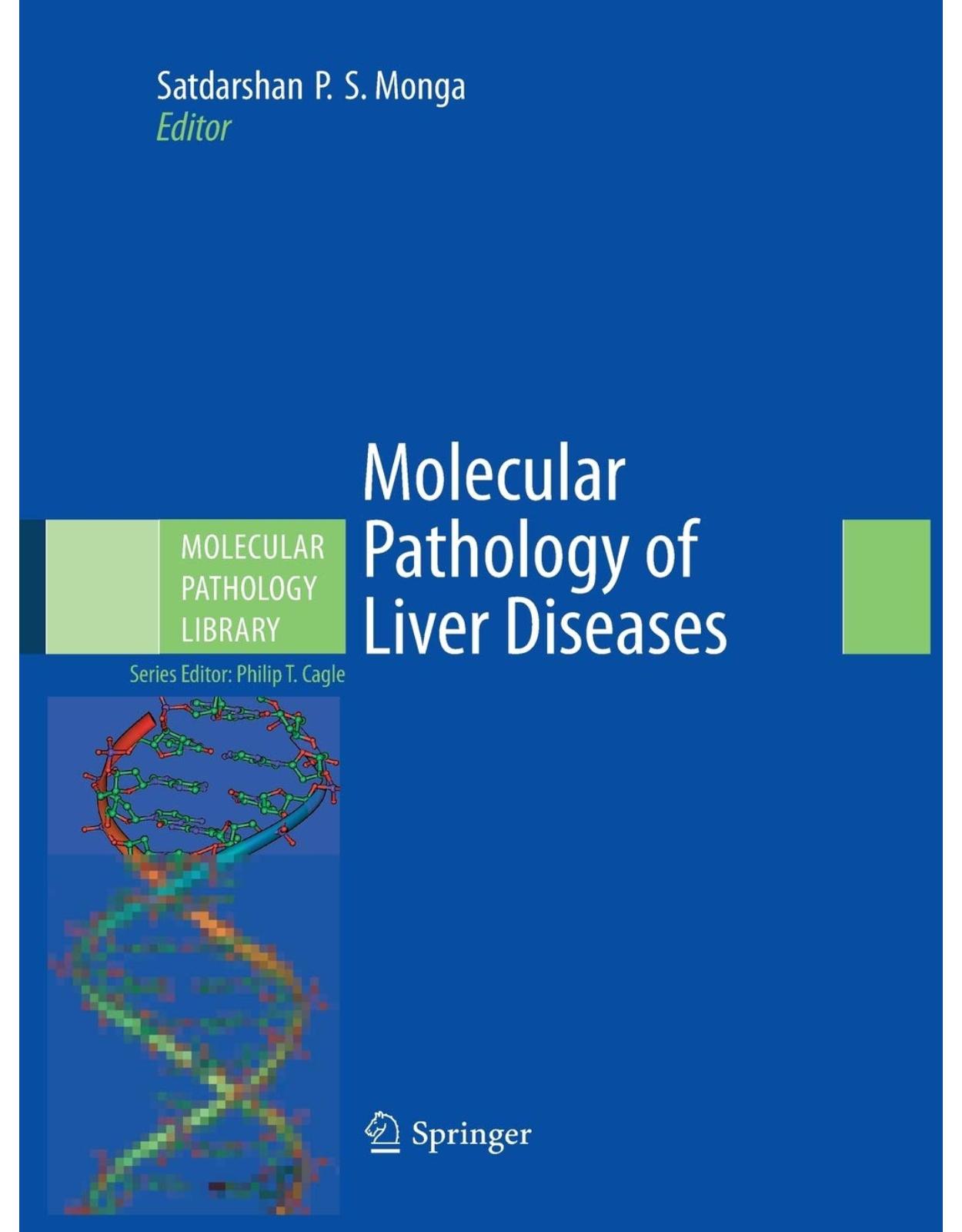
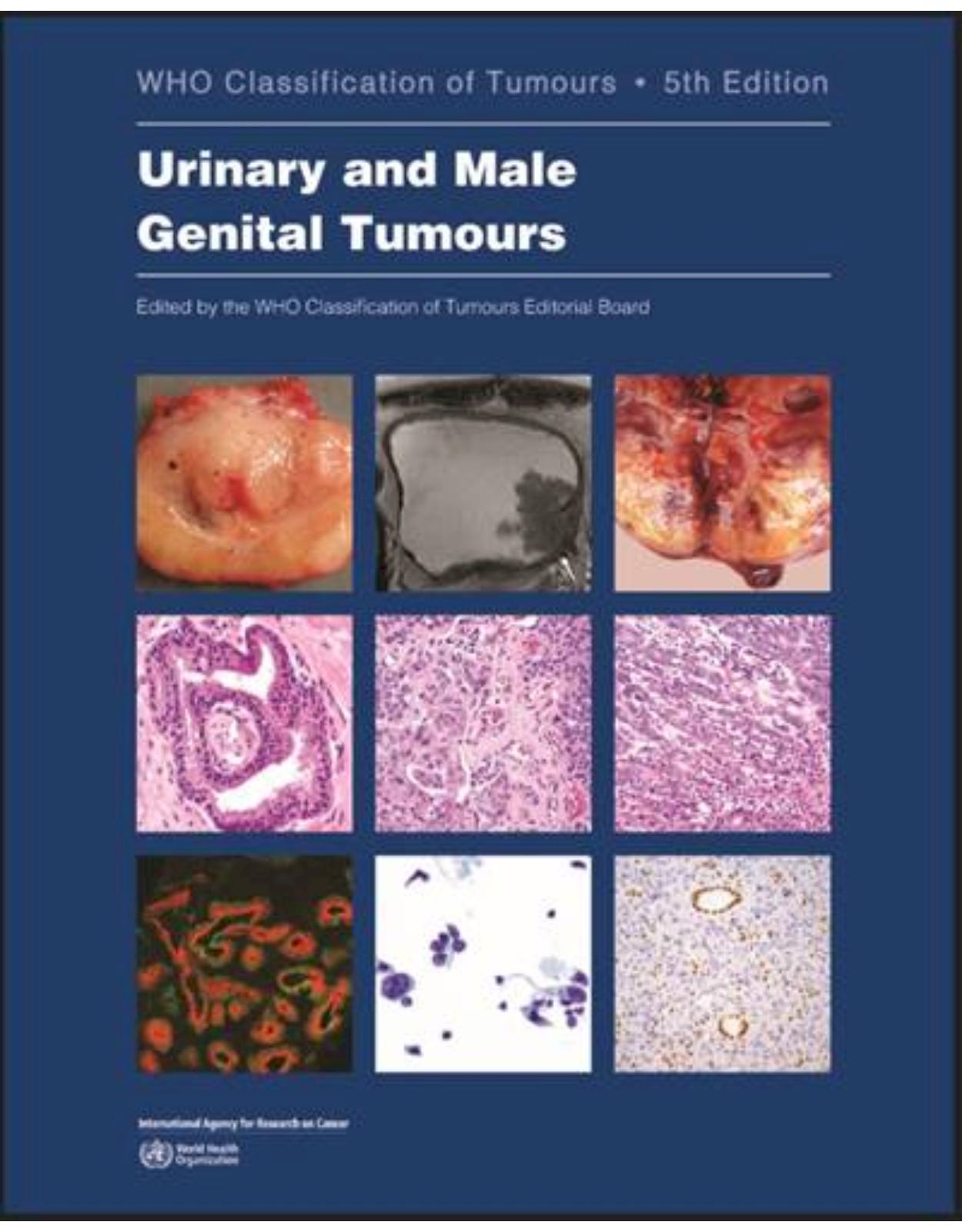

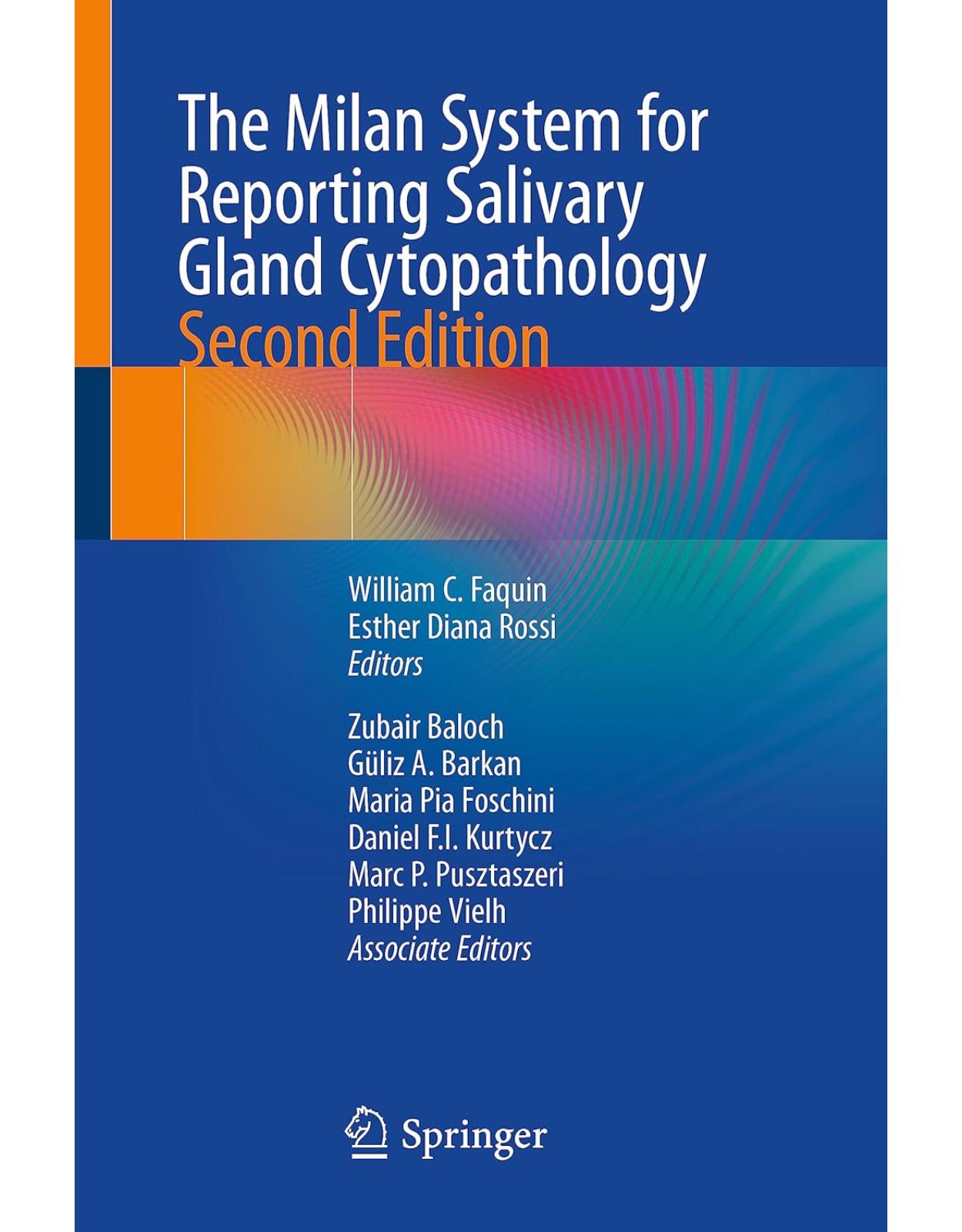
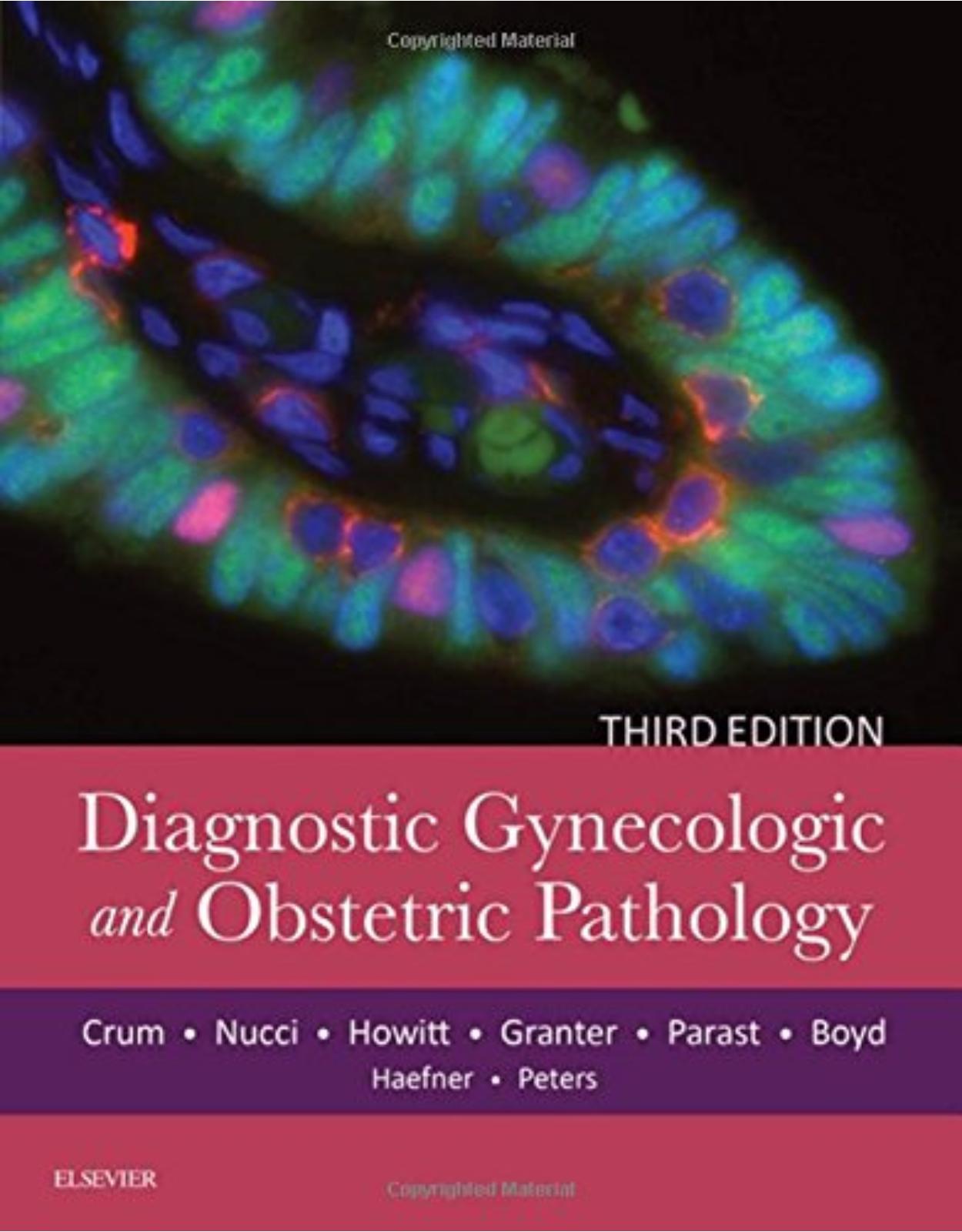
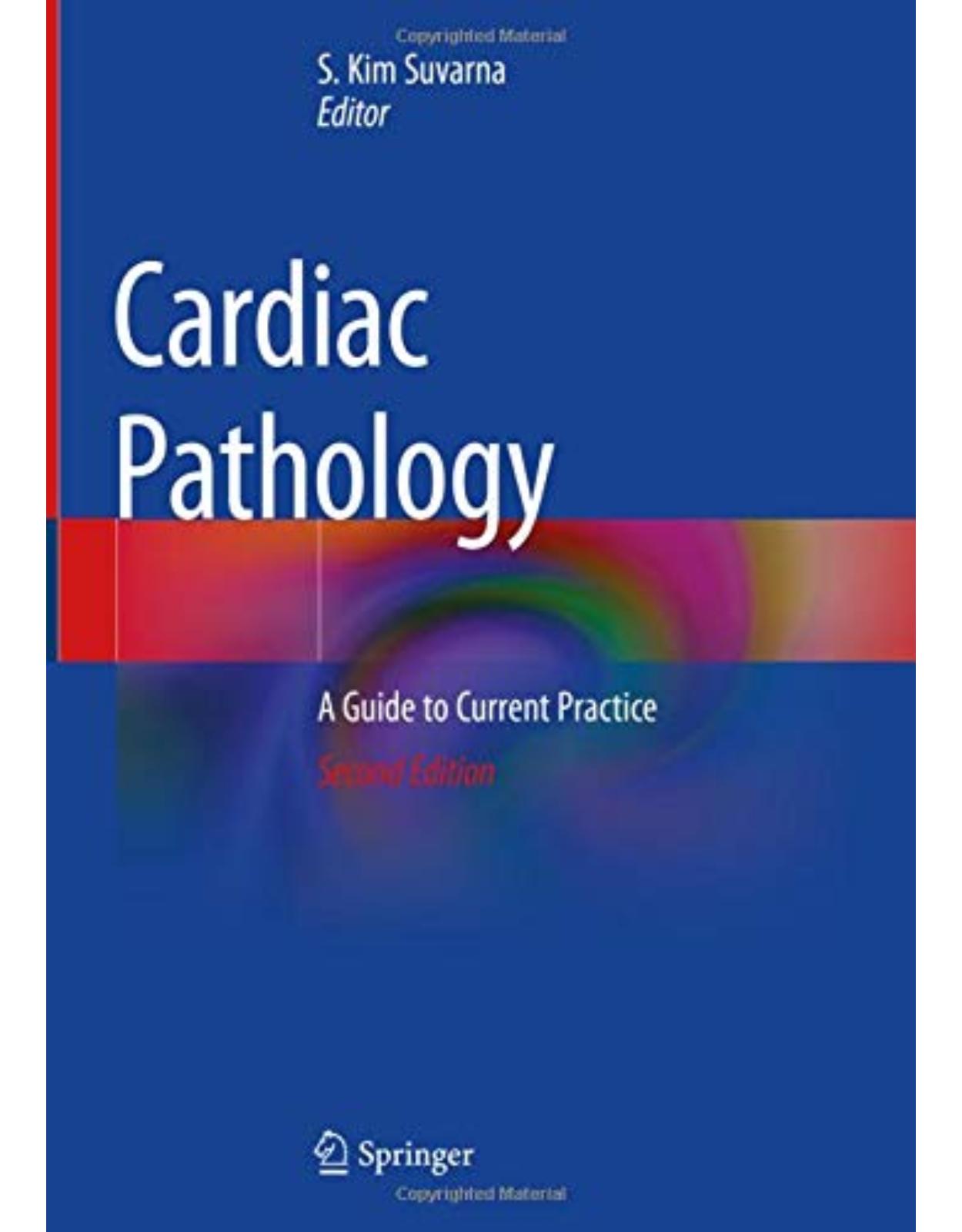
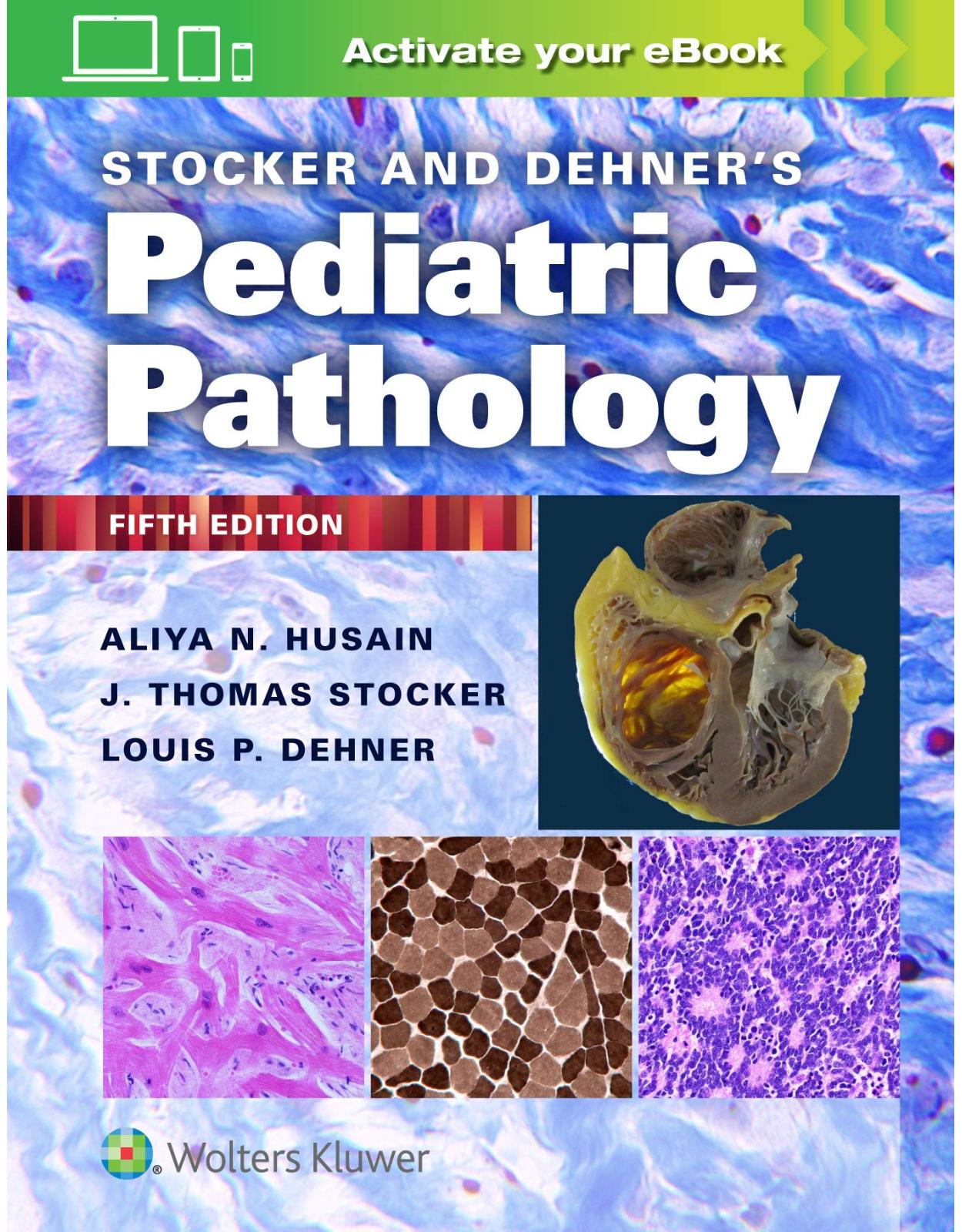
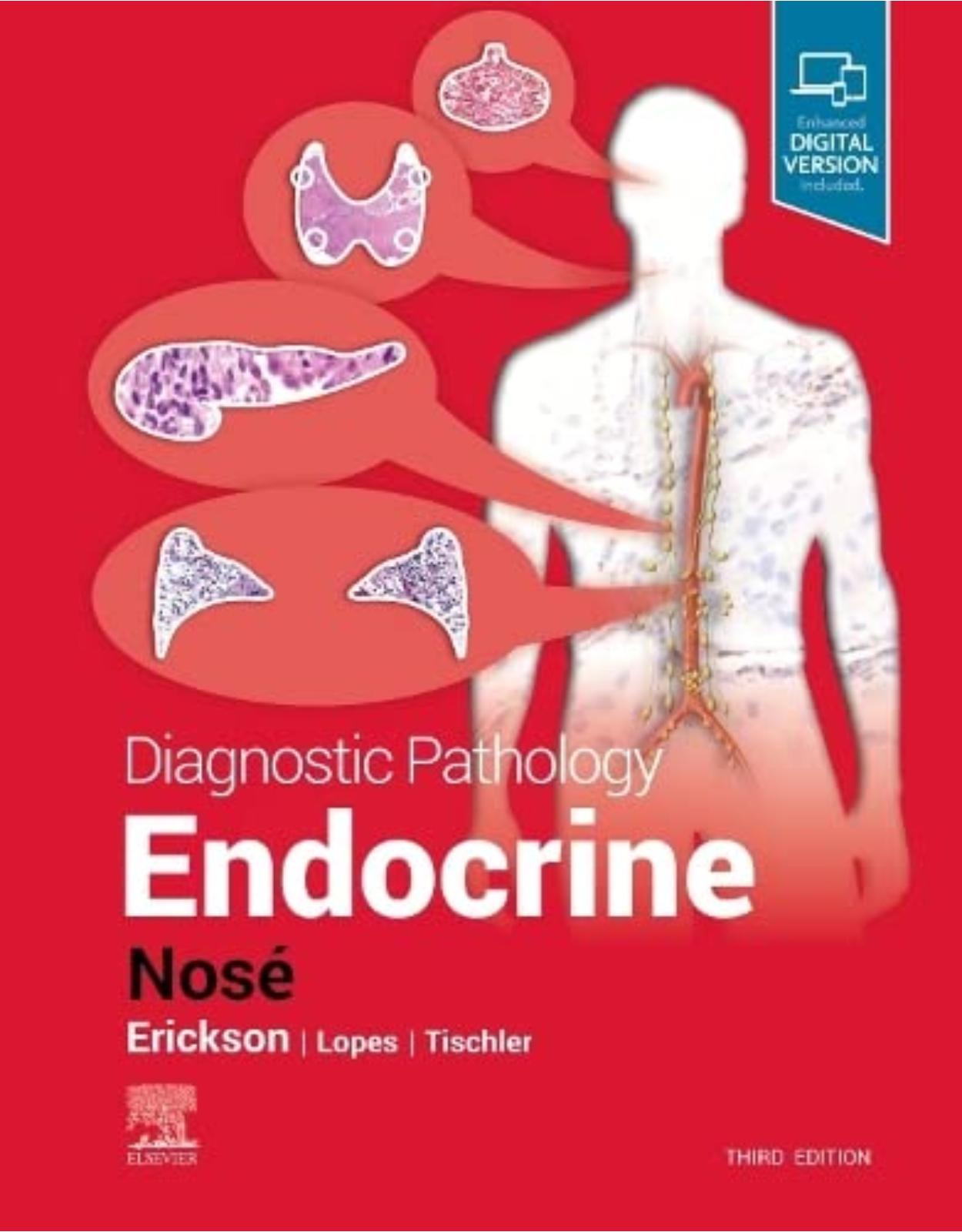

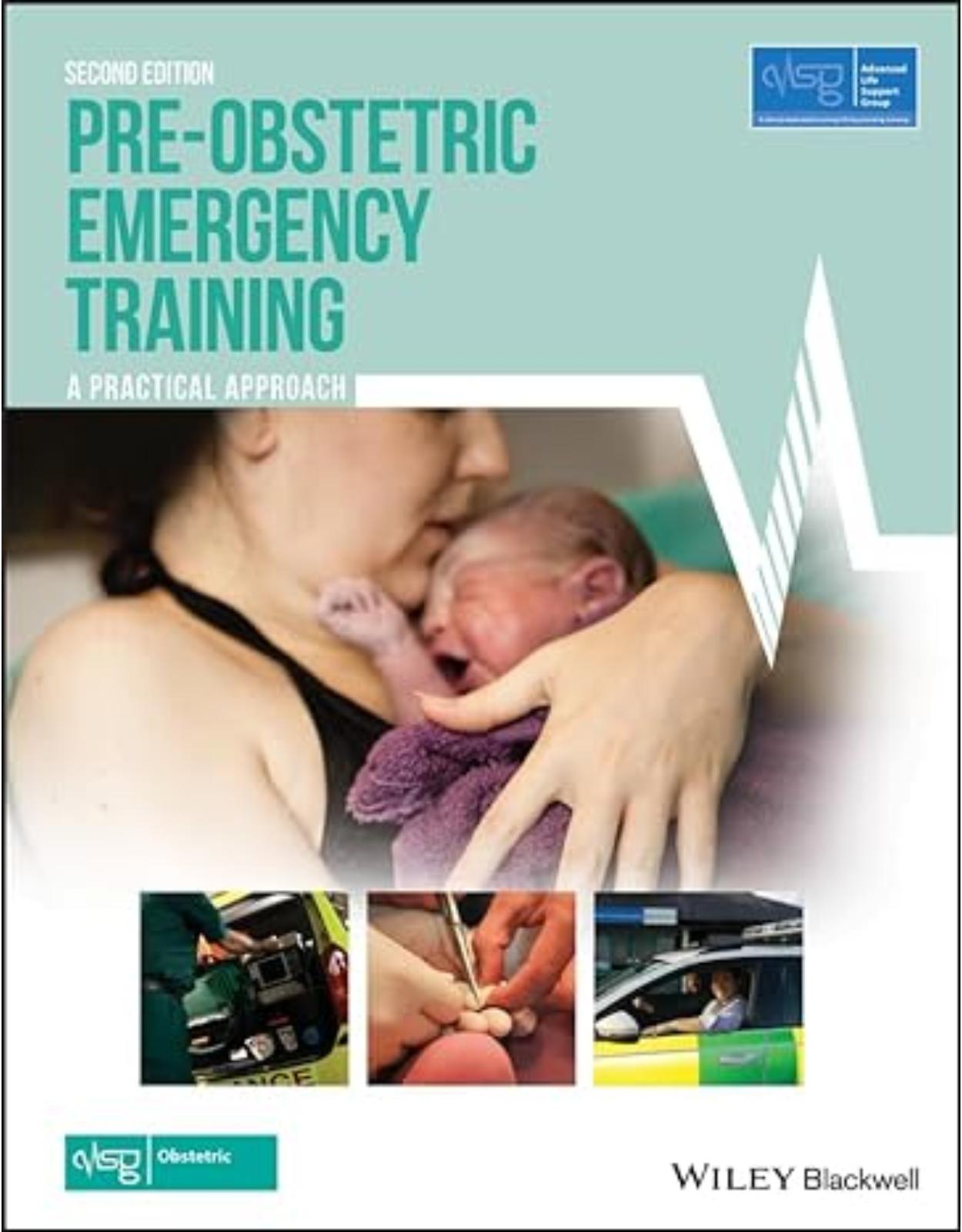
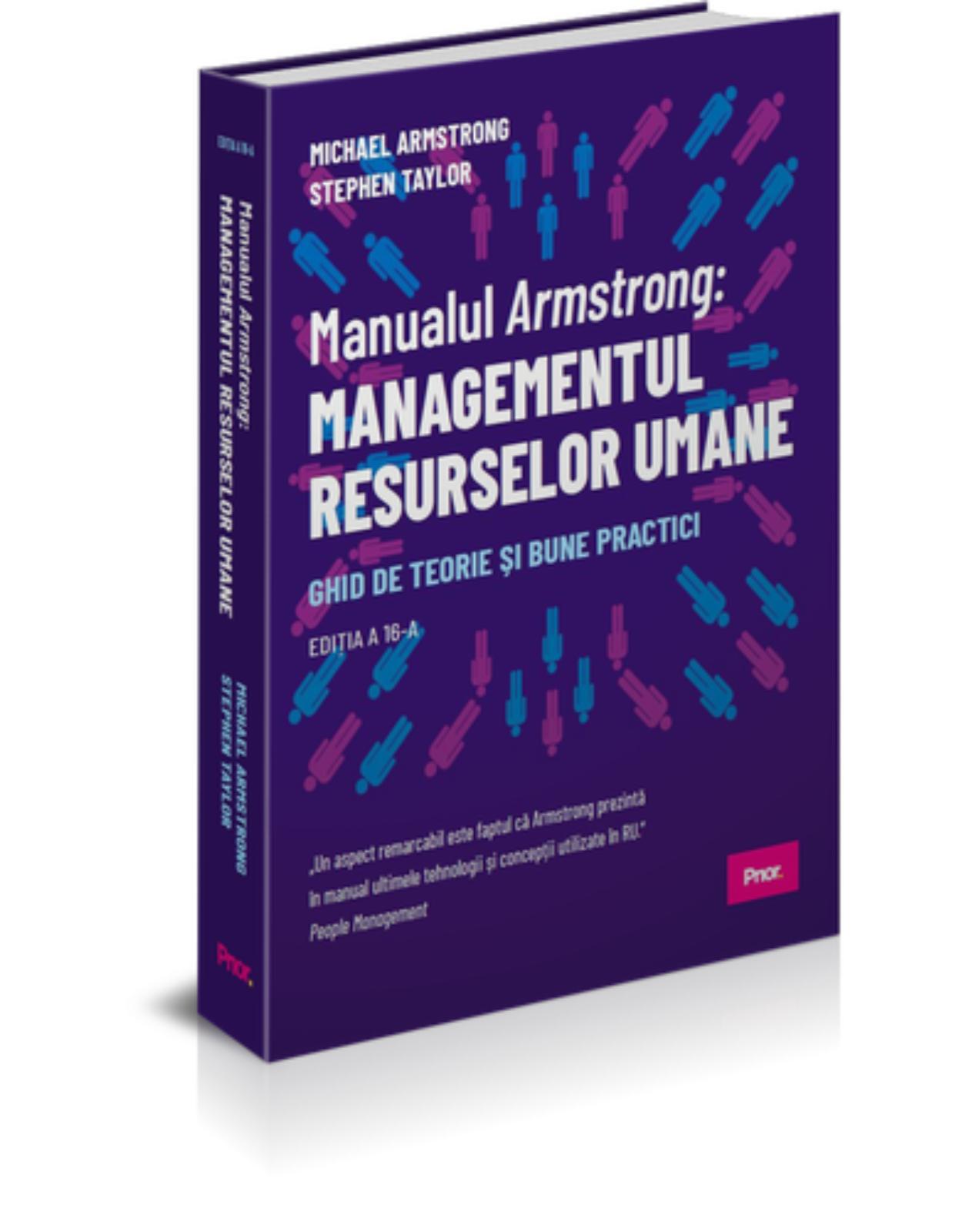

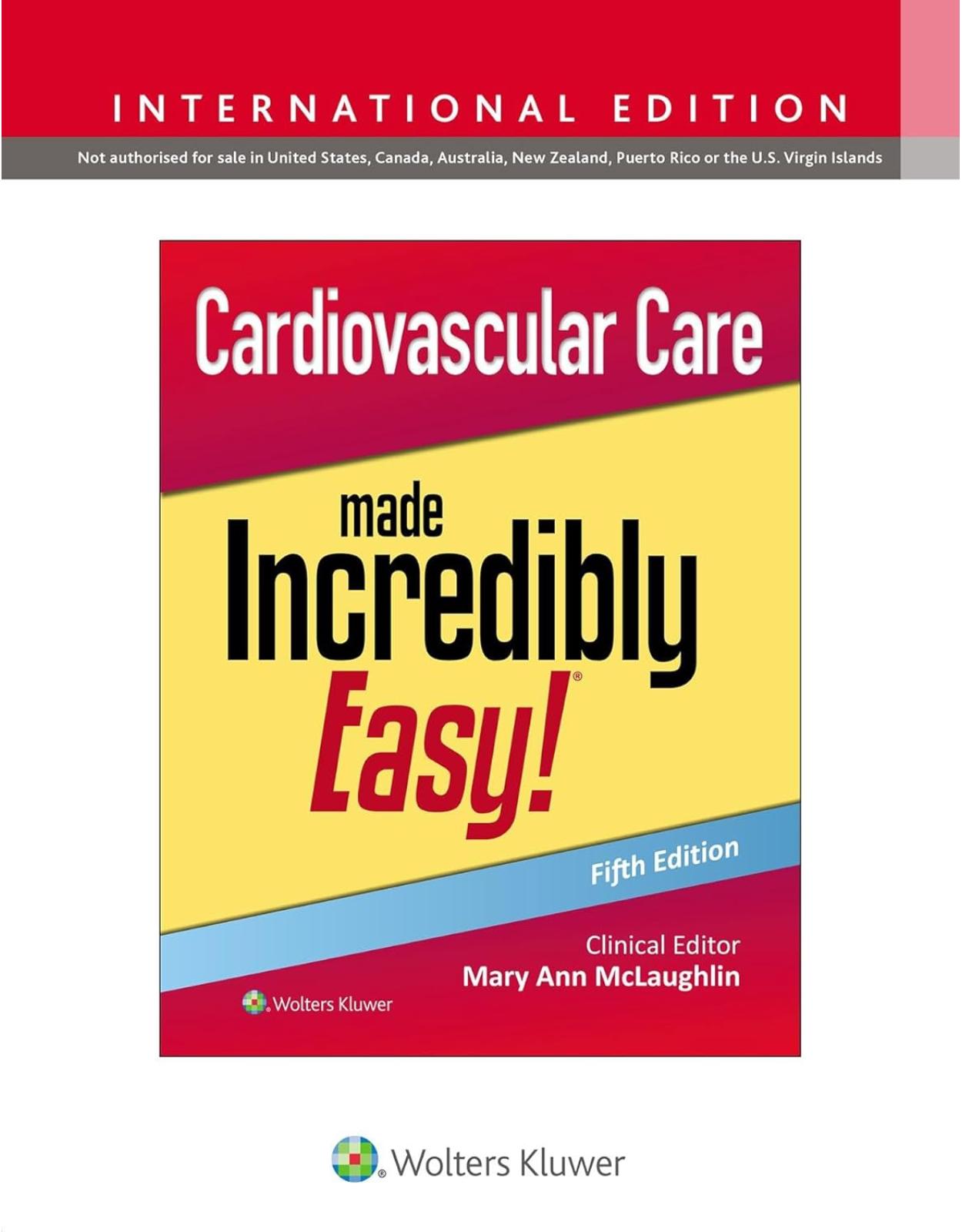
Clientii ebookshop.ro nu au adaugat inca opinii pentru acest produs. Fii primul care adauga o parere, folosind formularul de mai jos.